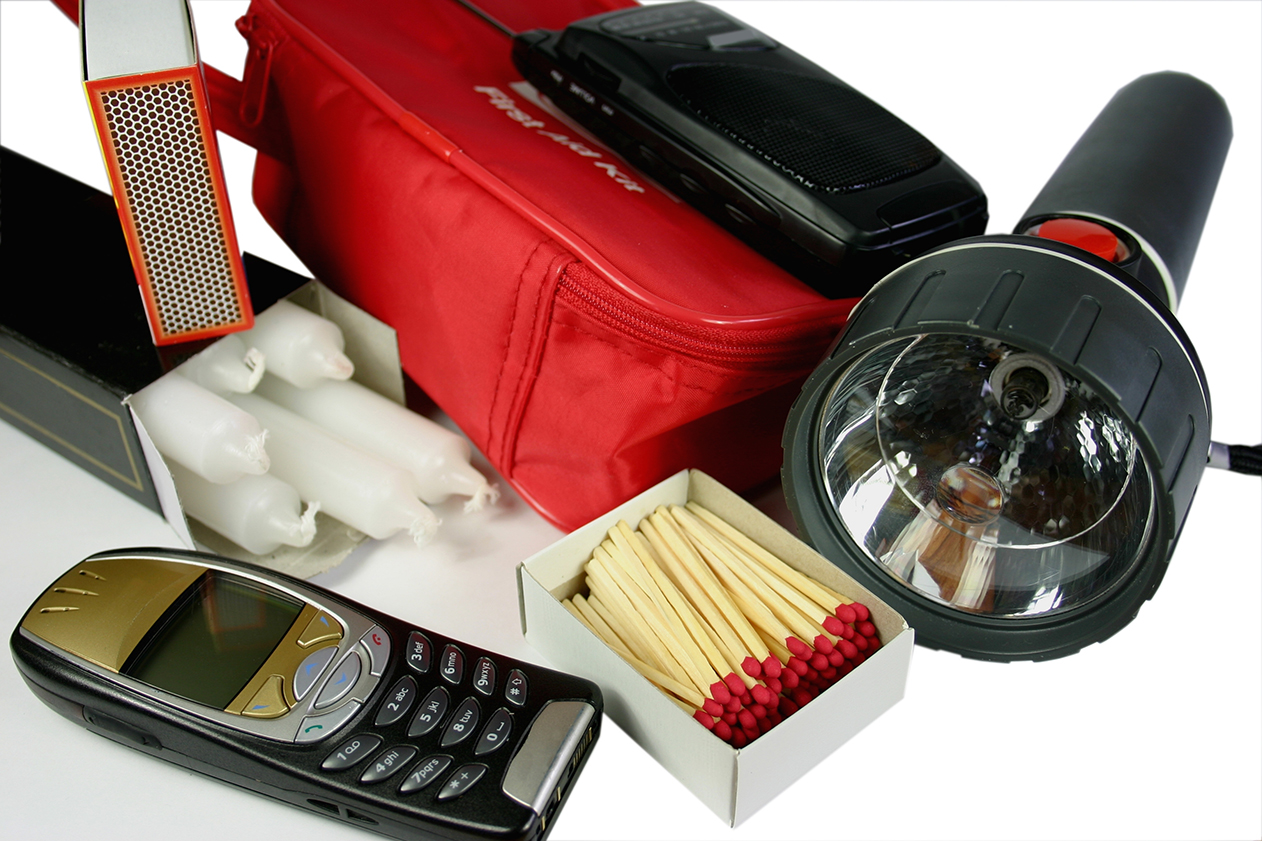
Are you prepared for a disaster like an earthquake, flood, violent storm, fire, or tornado? No one likes to think about these things but they happen, a lot. Being prepared is the very best way for you and your family to minimize the impact these events could have in regards to your physical safety and peace of mind.
Understand the scope of disaster preparedness
Depending on the situation, you may need to shelter in place or you may need to evacuate. Thinking through both of these scenarios will help you be more prepared. Also, after a disaster, you’re likely to need all sorts of information in order to recover and rebuild your life. Be sure you’ll be able to provide the name of your insurance carrier (and preferably the policy number) as well as key financial and medical information when necessary.
Know your risks
A clear understanding of possible risks will help you prepare wisely. For example, many Texans fear their houses may be severely damaged by a tornado, few houses actually are. The best protective measure is to go to an interior wall and take cover. That is why you want to keep a heavy blanket or two near your designated cover area. If you haven’t determined that area of your house, now is a good time to do so.
Know your tools
Having tools only works if you know how to use them. Do you know how to turn off the gas (and when you should)? Do you know how to use the jumper cables you have in the car trunk? If you’re at all concerned that you might not remember in the stress of an emergency situation, you can print out the instructions and keep them where you’d use them. If you’ve bought a pre-packaged emergency preparedness kit, be sure you know when and how each item in the kit should be used. Know where to store your supplies. My favorite disaster preparedness item is a solar powered wind up crank radio that can also charge your phone. These can be purchased from Amazon.com for anywhere from $50 to $100.
Where’s the best place to store emergency supplies in your home or office?
There’s no perfect answer as all homes are different. While places such as the front closet, the garage, the basement, or a well-secured outdoor storage container may be good under many circumstances, you can always devise a scenario under which that location won’t work. One way to work around this is to store supplies in multiple locations, or you can simply assume the most likely scenarios.
Know your neighbors
Having all the supplies and services you might possibly need for any type of emergency can sound daunting, but if you pool together everything your neighborhood has, you may find that you’re more prepared than you realized. Someone may have the medical knowledge to deal with a broken arm temporarily, if getting hospital care is problematic. Someone else may have the tools needed to deal with after-disaster cleanup. It’s also good to know which of your neighbors may need extra help in a disaster situation: people with medical issues, people who don’t speak English and therefore may not understand announcements, etc. There is a difference between being paranoid and being prepared. Be prepared like a boy scout.
Neatly,
Jennifer Snyder, Certified Professional Organizer
Neat as a Pin Organizing Experts
Back To Top
